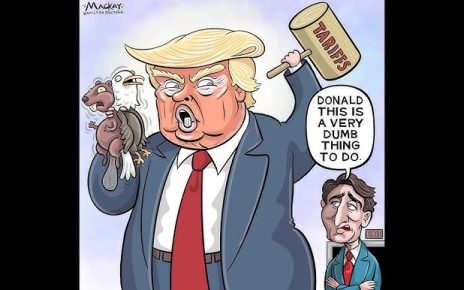1) Unity.
A common enemy (not usually the state, but a person of low moral character, an ineffectual leader, and/or a charlatan) galvanizes good libertarians to band together and fight against that person’s specific tyranny or fight to gain better direction for the movement. This is a period of great unity and friendship, as minor differences are overlooked in deference to the larger purpose—some larger goal to attain: the downfall of that person or group. It is a period of tremendous growth and excitement.
2) Accomplishment.
With such positive momentum and excitement, a political gain is eventually attained. Perhaps the charlatan is cast out or the group in power is discharged from office. Celebration and excitement ensue. The victors look toward the future with hope and vigor.
3) Governance.
With power changing hands often a power vacuum unfolds. Those who have pushed hard and done what they could to gain this change, however, now must erect goals, objectives, leadership, and guardrails in place.
The first few cracks begin to appear, as those who were good at galvanizing others against a person or for a particular purpose now must reach within themselves to satisfy a position or role they were ill-equipped or poor-prepared to handle.
4) Dissent.
Absent the galvanizing element, the “glue” that bound the band of libertarians together starts to dissolve. Slowly at first and then more quickly. The “little disagreements” of no consequence previously when there was greater purpose now cause massive rifts, strain/break friendships, and splinter the group from the inside out. Coalitions take shape of various kinds, as these libertarians lose cohesion and seek instead for “friend groups” in a effort to regain their prior purpose and vision.
5) Collapse.
The fractures become fissures. The group implodes into itself, absent strong leadership or clear/unified vision. Because the galvanizing element was never in fact fighting the State—but instead some ancillary person or group—absent a clear enemy to fight the group turns INWARD on itself and fights themselves. Those calling themselves friends, colleagues, or brothers in Phases 1 & 2 now spit vitriol at each other and become enemies.
Since what banded them together perhaps was never focused on State-destruction but instead had smaller aims, the “victory” attained was pyrrhic and the prize gilded.
As time moves on the coalition(s) within the libertarians begin to take focus on a specific new “enemy,” (usually another libertarian) and the cycle begins anew…
Goto Phase 1…


